October 18, 2016.
When I purchased the Sportz Truck Tent back in 2012 (see Sportz Truck Tent and Truck Bedzzz), I thought to myself, "Boy, I'm really living large and spending the big bucks now." The tent cost me $189 big ones, and the air mattress was another $90.
I don't know if RTT's (Roof Top Tent's) like Cascadia Vehicle Tents existed then, but if they did, I didn't know about them and they would have been out of my price range.
Today, I committed to really living large - I paid for a Mt. Shasta CVT - on sale of course. In doing so, I also got the good folks at CVT to hold on to my tent until next spring, when I hope to have my bed rack completed, so I have somewhere to install this puppy. Then, we'll be camping in style!
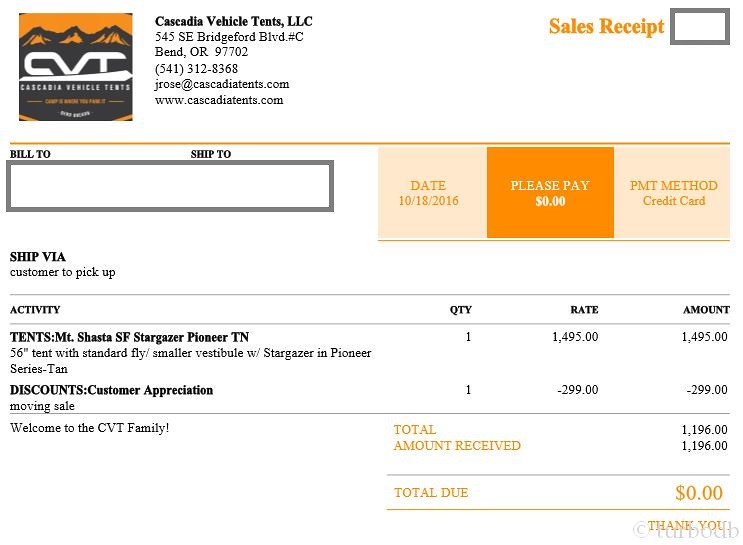
So, how'd I decide on what tent to get? I started by thinking through how we were going to use it. Today, we sleep in the bed of the truck - uncovered when the weather and bugs cooperate (to enjoy the stars) or in our Sportz Truck Tent when it looks wet or the mosquitoes are in full force. We generally have plenty of room in there for sleeping, and we don't ever use the tent for cooking or "hanging out" - after all, the reason we're out is to enjoy nature! Oh, and Clara sleeps in her own (ground) tent now - which thrills her to death.
So, that meant that we really only need a two person tent that's as wide as the bed (about 5'), and we want something that lets us enjoy the stars when the weather is nice, since we won't have the option of sleeping under the stars anymore.
I knew I was going with CVT. They are local to the Pacific Northwest, and I've really only heard good things about them. I'm sure Tepui, ARB, etc. are all good tents too, but I just haven't had as much experience with them.
In the CVT line, the Mt. Shasta tent fits the size bill pretty perfectly. It's 56″ wide x 96″ long x 50″ high when it's open, which is pretty close to the size of the truck bed with the tailgate down (57.9" wide x 90.4" long). And, it has an option for a "stargazer" feature - essentially turning the roof into screens - perfect!
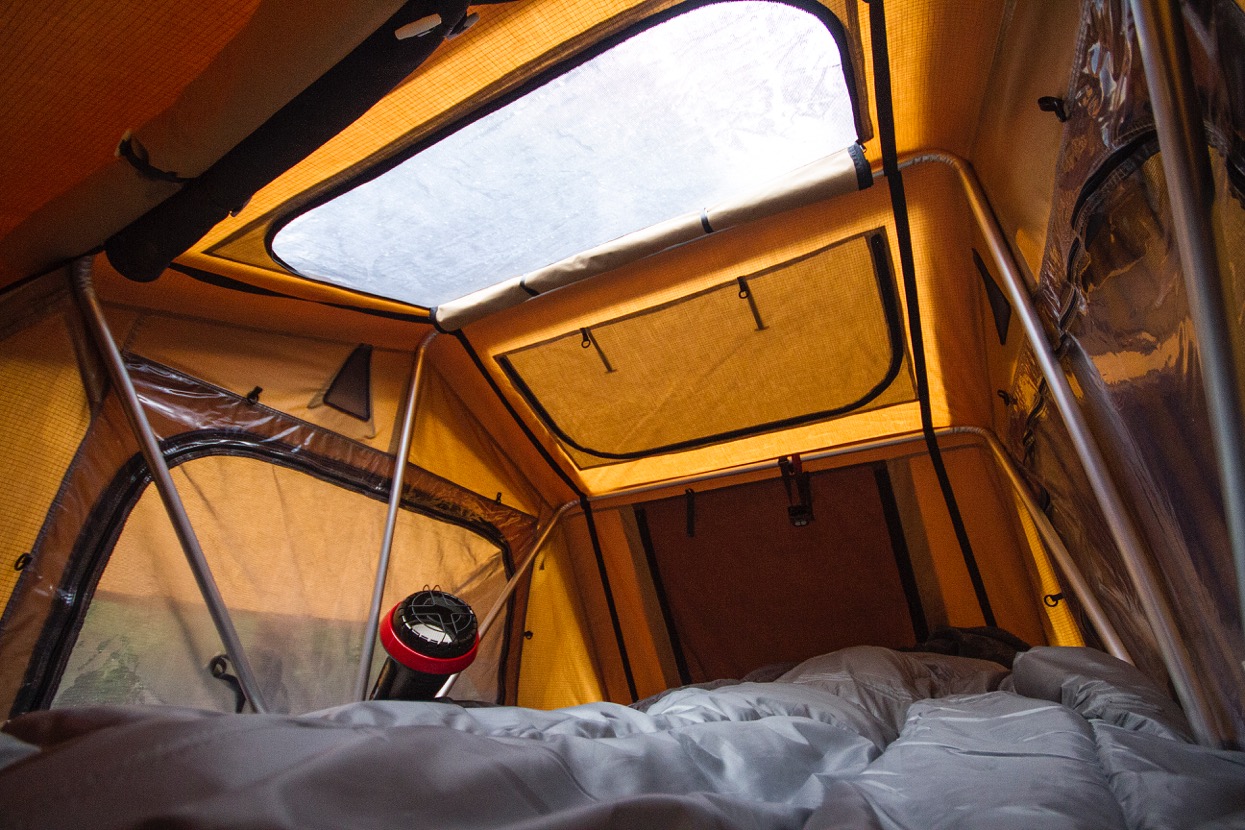
With that out of the way, there were only a few more decisions to make - what color, what size awning, and did we need the "Summit Series" or was the "Standard Pioneer" series enough?
Color was easy - tan - to match the interior of the truck.
Awning - small. We probably won't use it, since 99% of our camping is in the wilderness. With no other people around, why do you need an awning? (Answer: you don't)
Which series? This was a question I wrestled with for a while. I always like the idea of getting things that will last, and the Summit Series definitely seems a bit sturdier than the Pioneer series - the fabric is a 380g compared to 280g on the Pioneer Series Tent, and straps on the cover are a cinch buckle versus Velcro. Plus, there's a bunch of other stuff that your $800 extra bucks buy you:
- a waterproof mattress cover instead of cotton
- interior poles are material wrapped
- center pole has built in LED Lighting with on, off and dimmer switch as well as 2 USB ports
- telescoping ladder (vs. folding)
- plastic fittings have been upgraded to alloy (on hinges), D-rings are bigger and Velcro is thicker
- the rain fly is heavier with quick release buckles
- two shoe racks (one on each side of the ladder)
- an anti condensation mat
- a removable PVC floor
Some of that sounds good (alloy hinges, anti-condensation mat, but in the end I decided that the Pioneer series was for me. I like the folding ladder better, I've heard that the material thickness isn't too much of an issue (afterall, the waterproofing is what keeps you dry, and you aren't running the tent through brush when it's open). and I really like the idea of saving weight (the Summit series is 25 lbs. heavier).
So, now I really do need to learn how to weld. Gotta get that bed rack and go pick up a tent!
In This Series
Related Shop and Gear
Related Reviews
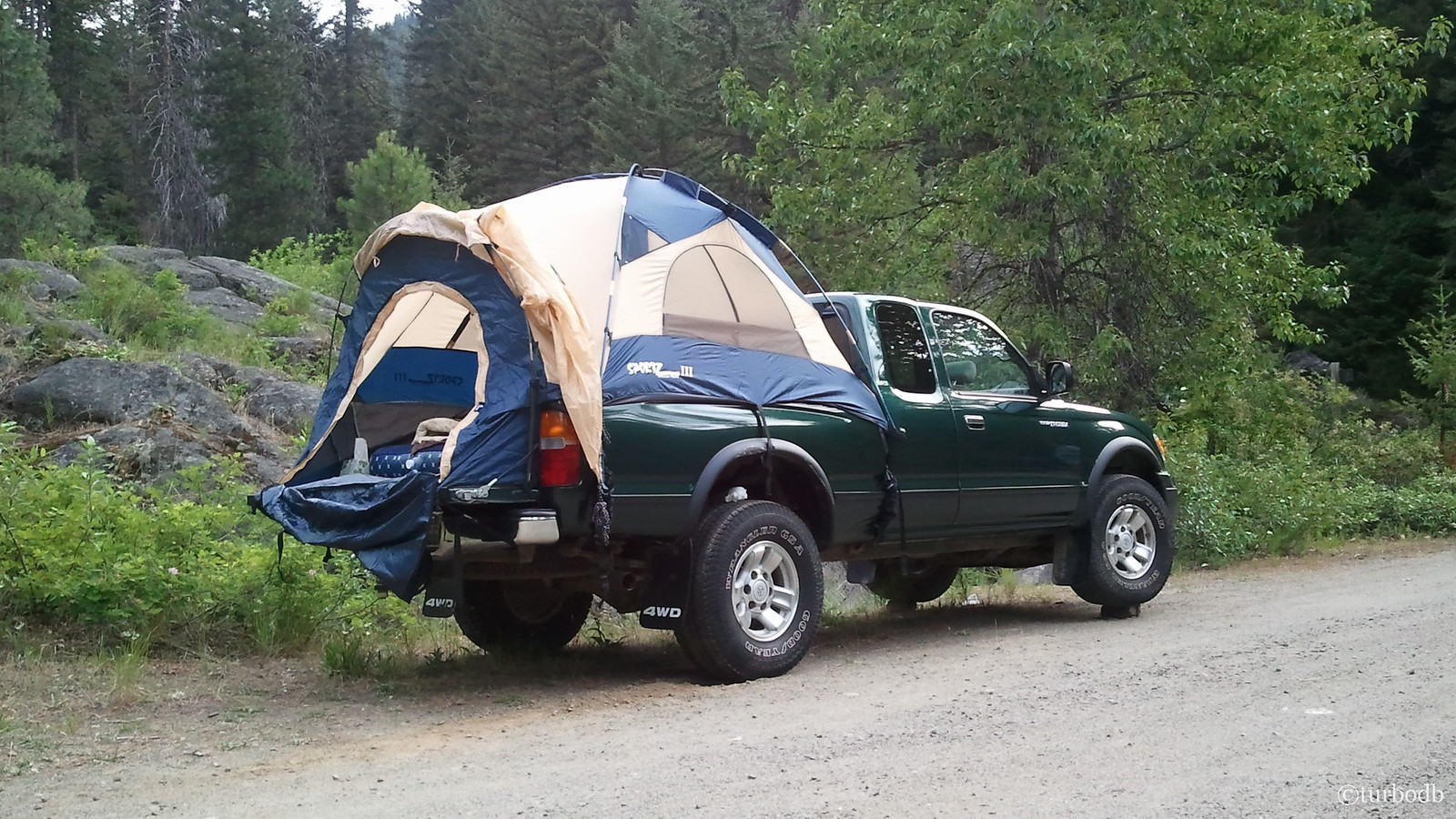



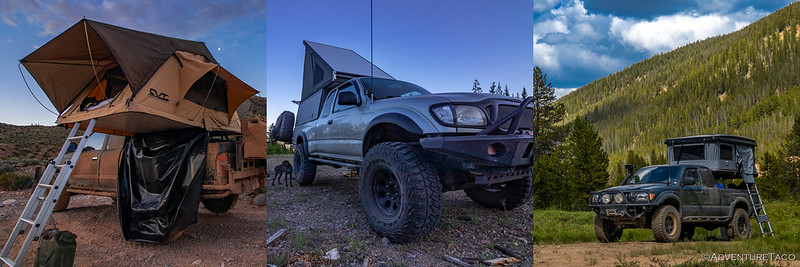


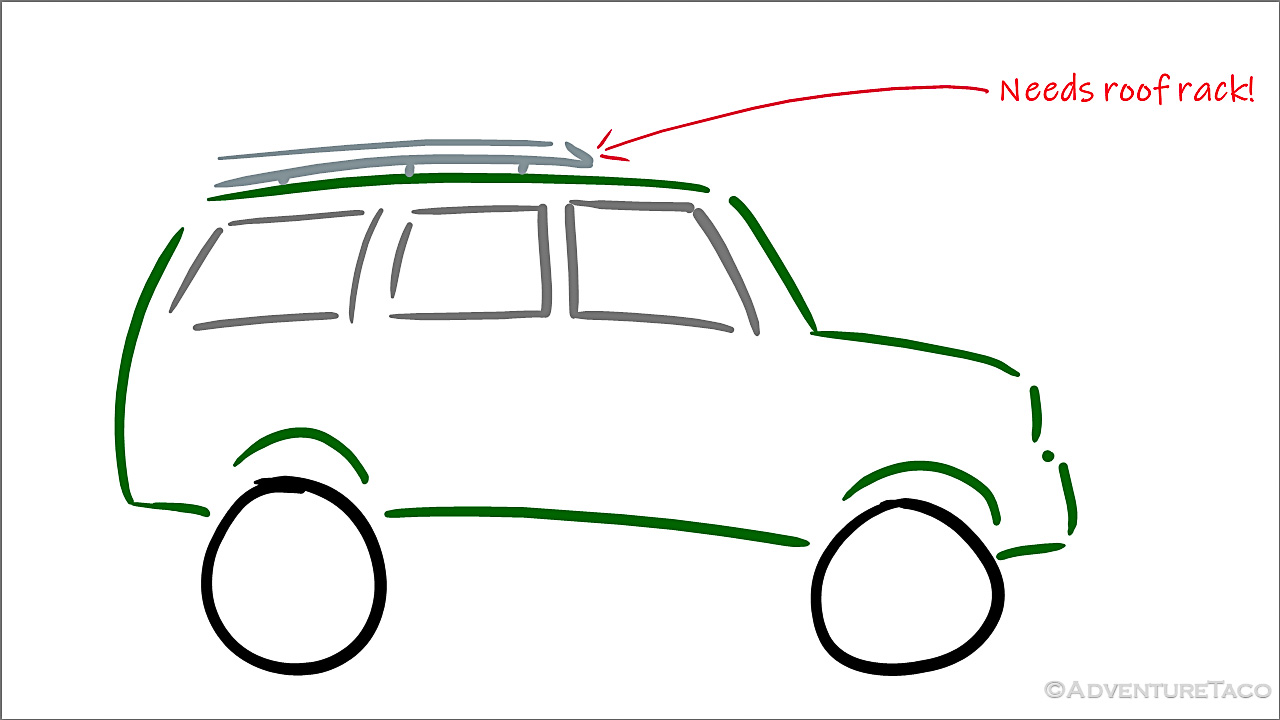
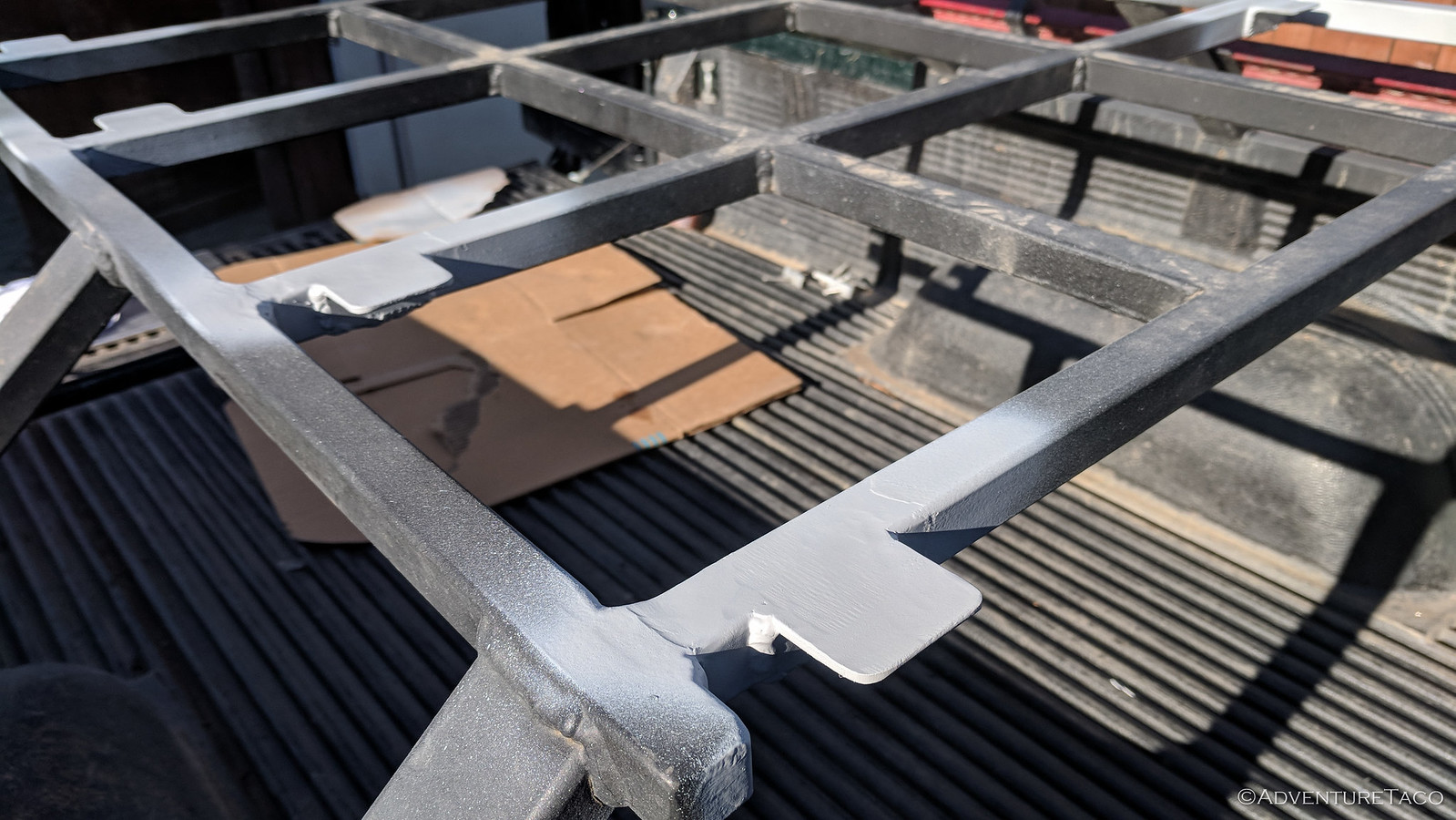
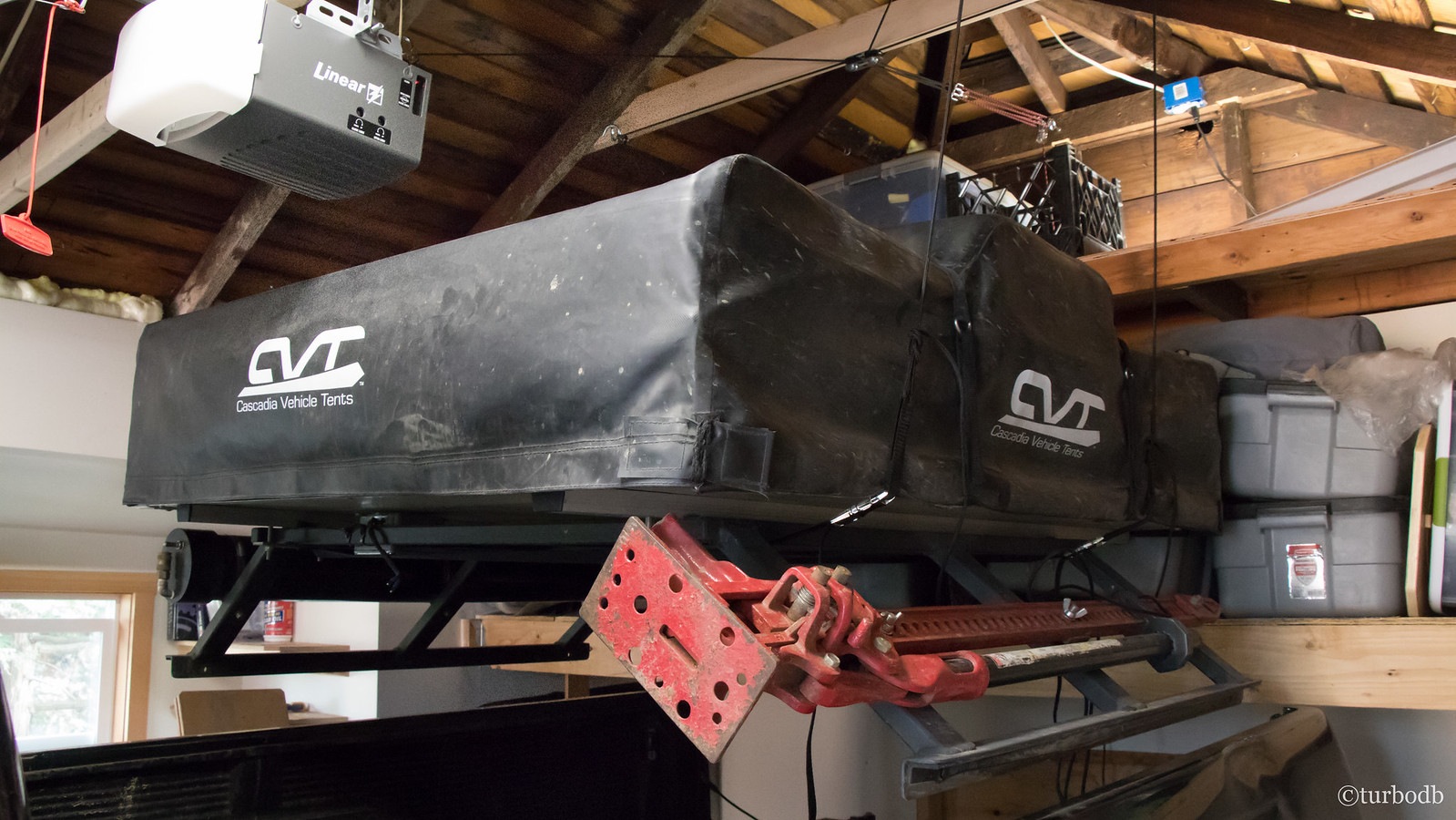
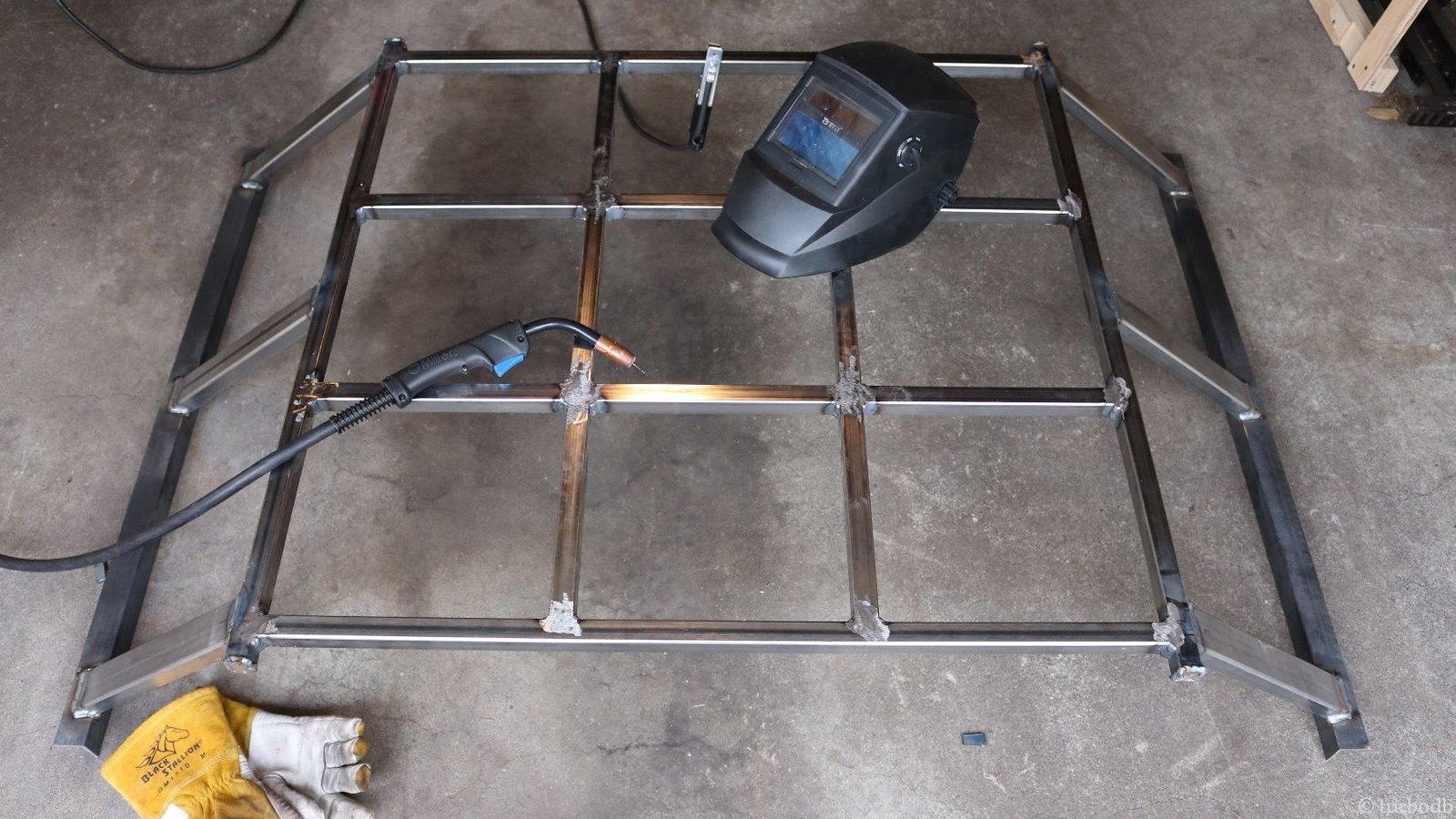















![I've Worn Out My TPS (Throttle Position Sensor) [P0120 Check Engine Light] I've Worn Out My TPS (Throttle Position Sensor) [P0120 Check Engine Light]](https://live.staticflickr.com/65535/54550578694_197ca25c09_c.jpg)
![My Cats are Empty [P0420 Check Engine Light] My Cats are Empty [P0420 Check Engine Light]](https://live.staticflickr.com/65535/54550567999_6bda364eed_c.jpg)


